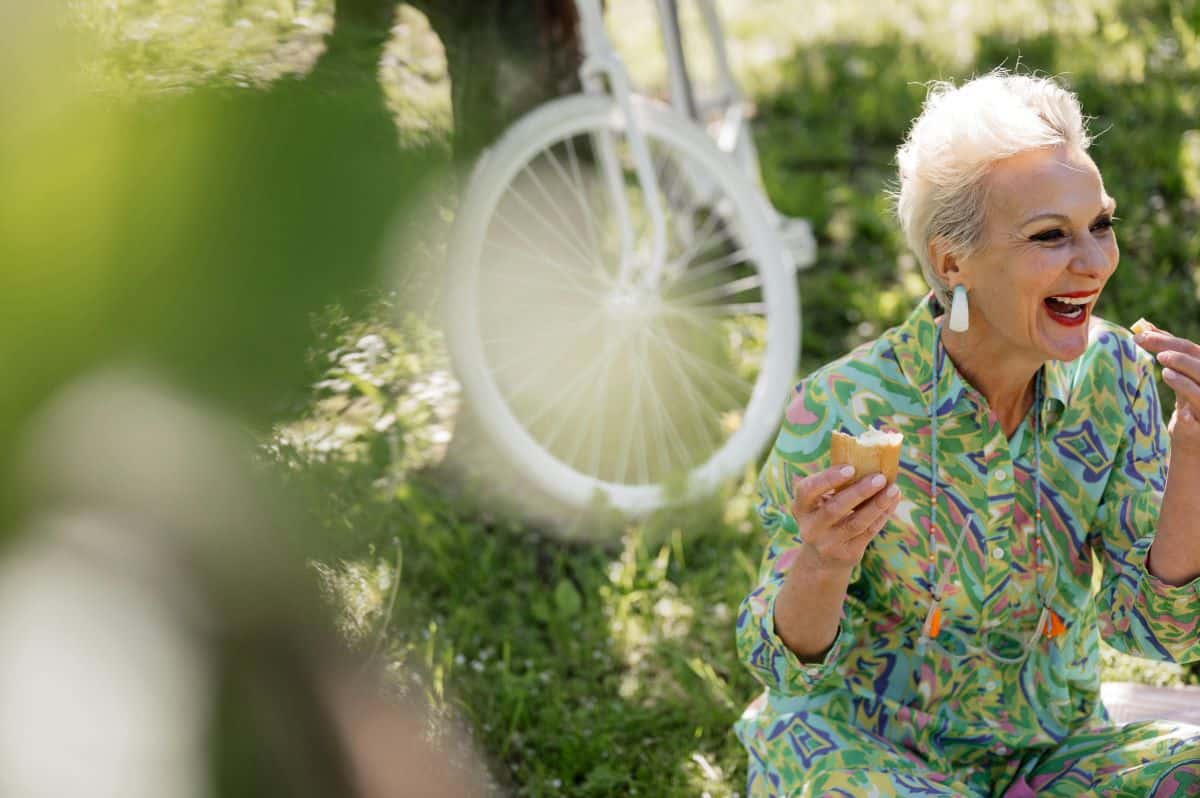Baby Boomers experienced a variety of unique and sometimes questionable lifestyle trends, especially in areas like child rearing, medical practices, home remedies, travel, and transport. These trends not only shaped their lives but also evoke nostalgia and sometimes disbelief about what was once considered normal.
1. Lead-Based Paint

Widely used in homes until the late 1970s, lead-based paint was a common but hazardous decorating choice, later found to cause numerous health problems in children.
2. Asbestos Insulation

Asbestos was a popular insulation material for its fire-resistant properties, only for Boomers to later learn about its severe risks to lung health.
3. No Seatbelts in Cars

Seatbelts weren’t a standard or mandatory feature in vehicles until the late 1960s, meaning many Boomers grew up traveling without any restraints.
4. Smoking Everywhere

Smoking was ubiquitous and socially acceptable, even in enclosed public spaces like airplanes and medical facilities, reflecting a stark contrast to today’s public health standards.
5. Frequent Sunbathing Without Sunscreen

Sunbathing without protection was the norm, long before the awareness of skin cancer risks associated with UV exposure became widespread.
6. Cold War Drills

Boomers often participated in duck-and-cover drills at school, a regular reminder of the nuclear threat during the Cold War era.
7. Cough Syrup with Codeine for Children

It was not uncommon for children to be given cough syrup containing codeine or other now-controlled substances to treat minor coughs and colds.
8. Use of Mercury in Thermometers

Mercury thermometers were standard in homes and hospitals, despite the toxic risk mercury posed if the glass broke.
9. Lax Car Seat Regulations

Child car seats were not only rare but also poorly designed by today’s standards, providing minimal protection in the event of a crash.
10. Hitchhiking as a Norm

Hitchhiking was a popular and socially accepted mode of transport for young people, despite the risks that are more emphasized today.
11. Heavy Metal Toys

Toys were often made from heavy metals and other hazardous materials without safety regulations, leading to safety hazards.
12. Public Drinking Fountains

The widespread use of public drinking fountains without concern for hygiene or water quality reflects a less health-conscious era.
13. Air Travel Dress Codes

Flying often required formal attire, reflecting a time when air travel was considered a luxury experience.
14. Household DIY Repairs with Toxic Materials

DIY home repairs often involved materials like lead paint and asbestos without awareness of the health risks.
15. Raw Egg Consumption

Consuming raw eggs in various foods and beverages was common, long before salmonella risks were widely acknowledged.
16. Manual Labor as Child Play

Children often engaged in manual labor as part of family chores or farm work, a stark contrast to today’s child labor laws.
17. Saturated Fat Consumption

Diets high in saturated fats were the norm without the knowledge of heart disease risks associated with poor dietary choices.
18. Over-the-Counter Amphetamines

Amphetamines were readily available over the counter for weight loss or as energy boosters, used without much oversight.
19. Travel Without Security Checks

Traveling often involved minimal security, particularly in airports, where passengers could arrive minutes before a flight without the need for lengthy security checks.
20. Cassette Tapes in Cars

Boomers saw the rise and fall of cassette tapes as a primary medium for music in cars, complete with the frustration of tangled tape ribbons.
Still Standing

From home hazards to health missteps, Baby Boomers have lived through an array of practices that seem almost unthinkable today. These trends not only illustrate how far we’ve come in terms of safety and awareness but also highlight the resilience and adaptability of a generation that managed to navigate through them.
20 Foods You Should Never Put on Your Plate

Listen up—these foods might seem harmless, but they’re secretly sabotaging your health. They look innocent in your kitchen, but trust me, they’re trouble. Here’s a quick rundown of 20 foods that aren’t as friendly as they seem. Consider this your heads-up! 20 Foods You Should Never Put on Your Plate
Taco Bell’s Biggest Value Meal Ever Hits the Market

America’s most popular Mexican-American fast food chain has joined the so-called “fast food wars,” offering new meal deals to bring customers through their doors. Taco Bell’s Biggest Value Meal Ever Hits the Market
Cut These 20 Ultra-Processed Foods from Your Diet

American supermarket shelves may dazzle with convenience and flavor, but beneath the flashy packaging lurks a world of ultra-processed foods. Can you decipher labels to make healthier choices for your well-being? Cut These 20 Ultra-Processed Foods from Your Diet
Featured Image Credit: Pexels / SHVETS production.
The content of this article is for informational purposes only and does not constitute or replace professional advice.
The images used are for illustrative purposes only and may not represent the actual people or places mentioned in the article.
For transparency, this content was partly developed with AI assistance and carefully curated by an experienced editor to be informative and ensure accuracy.

